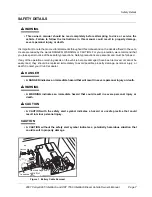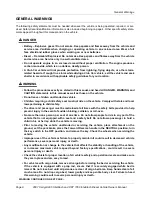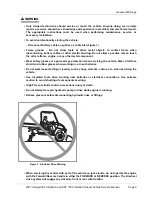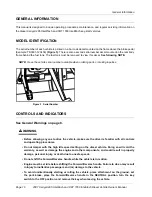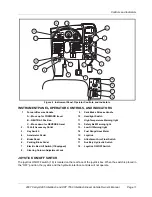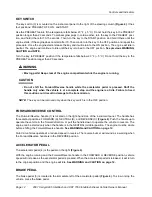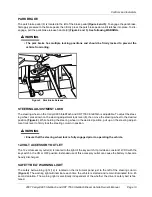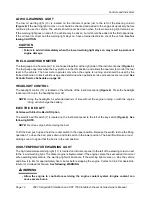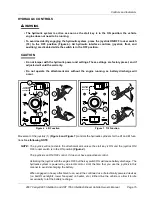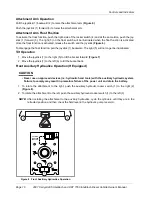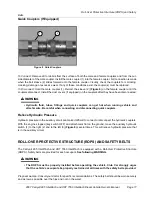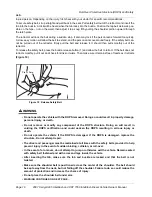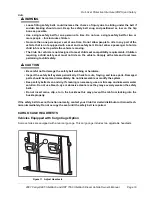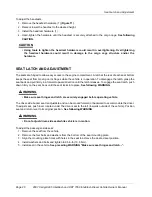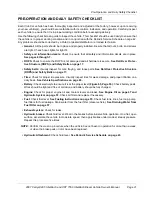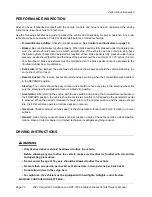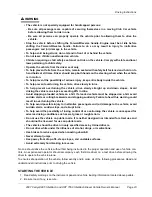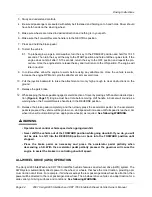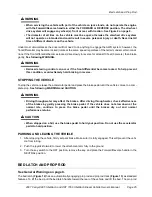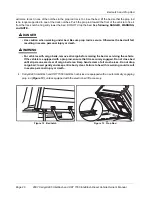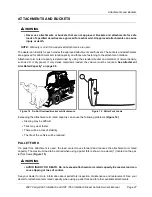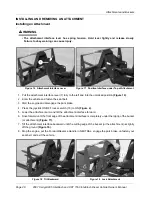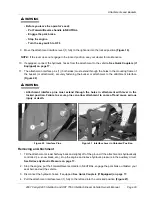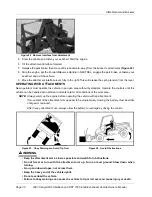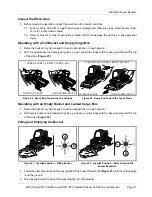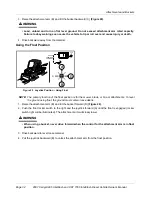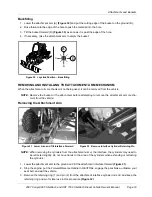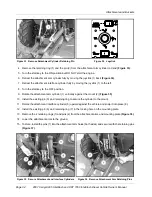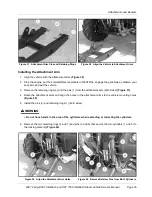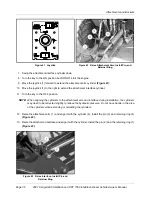
Pre-Operation and Daily Safety Checklist
2007 Carryall 295 Intellitach and XRT 1550 Intellitach Diesel Vehicle Owner’s Manual
Page 21
PRE-OPERATION AND DAILY SAFETY CHECKLIST
Each Club Car vehicle has been thoroughly inspected and adjusted at the factory; however, upon receiving
your new vehicle(s), you should become familiar with its controls, indicators, and operation. Carefully inspect
each vehicle to ensure that it is in proper working condition before accepting delivery.
Use the following checklist as a guide to inspect the vehicle. This checklist should be used daily to ensure that
the vehicle is in proper working condition and in conjunction with the Periodic Service Schedule on page 42.
Any problems should be corrected by a Club Car dealer/distributor or a trained technician.
• General:
All the parts should be in place and properly installed. Be sure that all nuts, bolts, and screws
are tight. Check hose clights for tight fit.
• Safety and information decals:
Check to ensure that all safety and information decals are in place.
See pages 4 through 7.
• ROPS:
Check to ensure the ROPS is not damaged and all hardware is secure.
tive Structure (ROPS) and Safety Belts on page 17.
• Safety belts:
Visually inspect for cuts, fraying, and loose parts.
See Roll-Over Protective Structure
(ROPS) and Safety Belts on page 17.
• Tires:
Check for proper tire pressure. Visually inspect tires for wear, damage, and proper inflation on a
See Vehicle Specifications on page 63.
• Battery:
Check electrolyte to ensure it is at the proper level
. Check battery posts.
Wires should be tight and free of corrosion and battery should be fully charged.
• Engine:
Check for proper engine oil and coolant levels and leaks.
See Engine Oil on page 47 and
Check air filter and replace if necessary.
• Fuel:
See Fueling Instructions on page 55.
Check fuel tank, lines, fuel cap, pump,
fuel filters for fuel leakage. Drain water from the fuel filter (diesel vehicle).
• Exhaust system:
Check for leaks.
• Hydraulic brakes:
Check fluid level. Wear in the brakes before initial vehicle operation. On a flat, open
surface, accelerate the vehicle to moderate speed, then apply brakes under modest, steady pressure.
Repeat this procedure five times.
NOTE: Perform the wear in procedure when the vehicle has not been in operation for more than a week,
or when the brake pads or rotor have been replaced.
• Hydraulic Attachment:
Check fluid level.

